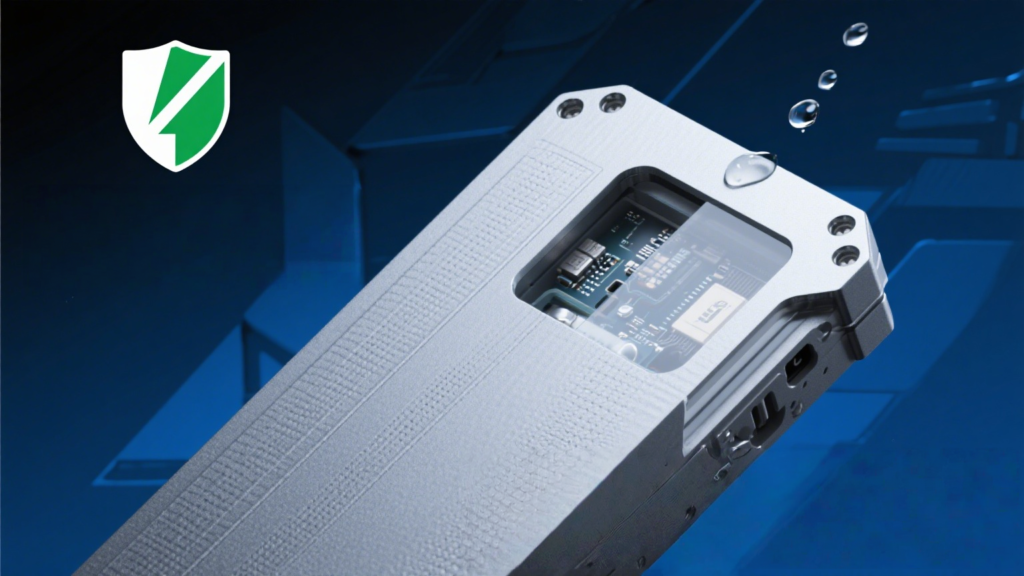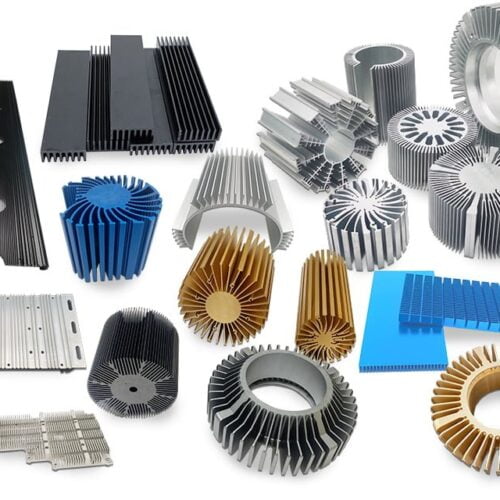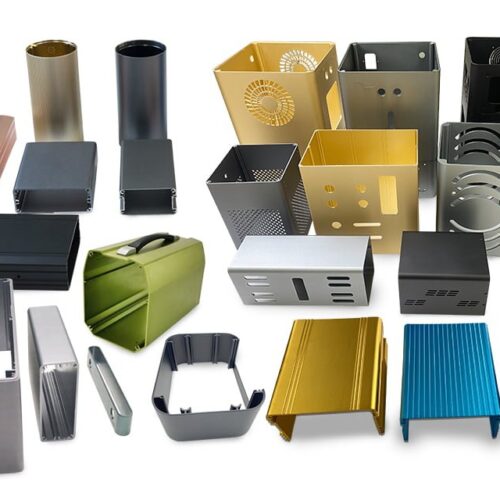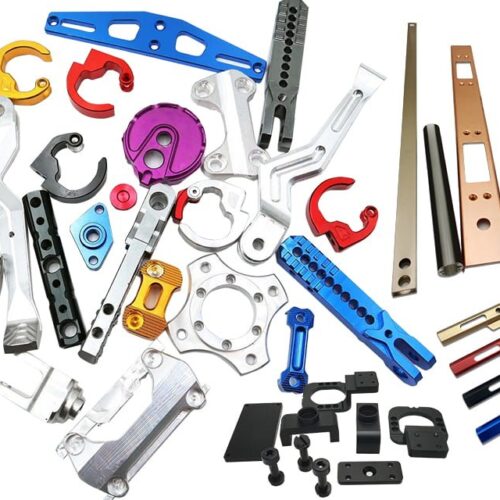Waterproof and Dustproof Aluminum Power Enclosures
In the roaring factory workshops, deep within dust-filled mines, and amidst the humid, salt-spray-laden air of port terminals, industrial-grade equipment operates like tireless steel giants, driving the pulse of modern production. Yet the “power hearts” sustaining these behemoths—the power modules—constantly face lethal threats from harsh environments: pervasive dust, highly corrosive moisture, accidental liquid splashes, and even severe physical impacts. In this arena, the Waterproof and Dustproof Aluminum Power Enclosures case steps into the spotlight. With its impenetrable shield of protection, it becomes the core guardian ensuring the continuous, reliable, and safe operation of industrial equipment.
The Choice of Aluminum: Natural Advantages Building the Protective Foundation
Why is Aluminum Power Enclosures case the preferred material for industrial protective enclosures? It stems from its exceptional comprehensive properties:
Strength and Rigidity Combined: Through specific heat treatments and alloying, aluminum alloys provide structural strength far exceeding engineering plastics, effectively resisting external impacts, crushing forces, and vibrations to protect fragile internal electronics.
Defiant Against Corrosion: The dense oxide film naturally formed on raw aluminum offers inherent corrosion resistance. After anodizing, the surface forms a thicker, harder, chemically stable ceramic-like alumina layer, enabling it to withstand corrosive agents like acid mist, alkalis, and salt spray in industrial environments, significantly extending service life.
Lightweight Design: Compared to steel, aluminum has a lower density. It reduces overall equipment weight while ensuring protective strength, facilitating installation, maintenance, and portable equipment design (e.g., mobile devices).
Superior Electromagnetic Shielding (EMC): The metal aluminum enclosure itself forms a Faraday cage, effectively blocking external electromagnetic interference from penetrating the power supply while preventing internally generated electromagnetic noise from polluting the environment, ensuring electromagnetic compatibility (EMC) for the device and surrounding systems.
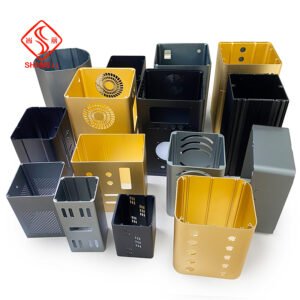
Core of Waterproof & Dustproof: Precision Structure and Sealing Technology
The protective capability of an aluminum enclosure hinges on its ingenious sealing structure design and high-quality manufacturing processes:
IP Rating: The Quantified Protection Promise:
The International Protection (IP) code is the authoritative standard measuring an enclosure’s dust and water resistance. Industrial power enclosures typically require:
IP65/IP66: Completely dust-tight (First Digit: 6), and protected against powerful water jets (IP65) or heavy seas/very powerful water jets (IP66). Suitable for most indoor/outdoor industrial settings.
IP67/IP68: Completely dust-tight, and protected against temporary immersion (IP67: 1 meter depth for 30 minutes) or continuous immersion (IP68: depth and duration specified by manufacturer/user). Ideal for flood-prone areas or environments requiring deep cleaning (high-pressure washing).
IP69K: Highest protection level. Completely dust-tight and resistant to close-range (10-15cm), high-pressure (80-100 bar), high-temperature (80°C) water jetting. Designed for industries like food & beverage or pharmaceuticals requiring rigorous washdown procedures.
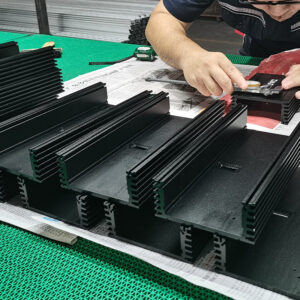
Essence of Sealing Structure:
Seam Treatment: The joint between the enclosure cover and base is critical. Precision CNC machining ensures mating surface flatness. Combined with groove-type sealing design and high-performance O-rings (common materials: silicone, fluororubber, EPDM, requiring temperature/chemical resistance), the seal is evenly compressed by fastening screws, filling all microscopic gaps to form a reliable moisture barrier.
Cable Entry Sealing: Cable glands are another vital point. Metal or high-grade engineering plastic glands matching the required IP rating are used, featuring internal multi-layer sealing teeth and locking structures to prevent moisture/dust ingress along the cable path.
Venting & Pressure Equalization (Optional): For high-power units or environments prone to condensation, integrate breathing vents. These special membrane materials allow slow air exchange to equalize internal/external pressure differences, preventing “breathing effects” from drawing in moisture while blocking liquid water and dust.
Outlook: Intelligent Protection, the Future is Here
The Industry 4.0 era demands more from protective enclosures:
Integrated Smart Monitoring: Future enclosures may integrate temperature/humidity sensors and impact monitoring modules for real-time internal environment/external impact sensing, enabling predictive maintenance.
Material & Process Upgrades: Develop new aluminum alloys with higher strength, lighter weight, and extreme corrosion resistance; explore more efficient and reliable sealing techniques like laser welding.
Thermal & Protection Co-Design: While meeting the highest IP ratings, tackle thermal challenges by optimizing internal heat paths (e.g., integrating heat spreaders, thermal interface materials) and enclosure thermal structures (e.g., concealed cooling fins).


